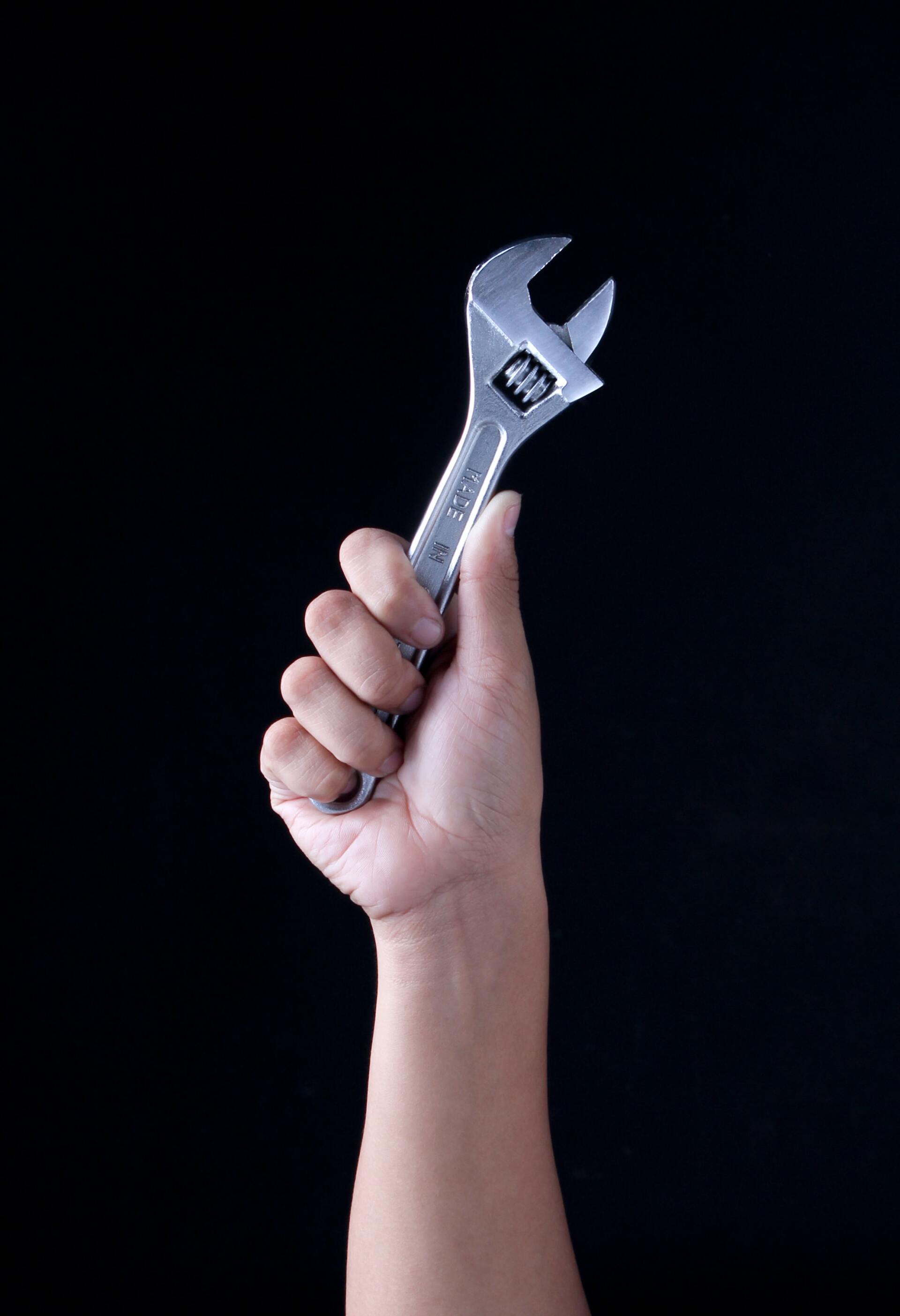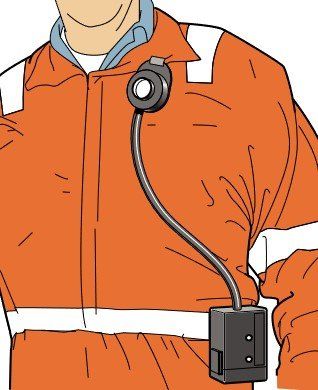Blog Layout
Do I really need that? is something we often hear from our customers, so to try and get this out to as many of them as we can, we are going to put it in writing.
What are we talking about? The answer is a little device called an airflow indicator, these can be analogue, electronic, or digital displays but the base premise is the same for them all. They are there as visual indication to show the operator that the LEV system has airflow at the hood and based on this should be working as it was intended to and protecting them from exposure (note this is only if the system is being used in the correct way by the operator).
Let’s make a very clear statement, there is currently no specific requirement in UK law to have air flow indicators fitted to your system.
However, within the Control of Substances Hazardous to Health (COSHH) Regulations there are several references to airflow indication, visual checks, and statements such as the paragraph below from the guidance section in COSHH regulation 7.
113 The effectiveness of control measures should be checked regularly. Which checks, and how often they are made, will depend on the particular control measures and the consequences if the measures fail or degrade significantly.
This is open to interpretation and does not define how these checks are to be carried out but places the onus on the employer to make sure that the checks of the effectiveness can be carried out. The simplest way to do this is still with an airflow indicator, a quick visual reference point for the operator to see if the system is working within the design parameters. They can easily indicate if there is an issue with the system that requires attention allowing personnel to report the problem.
As mentioned above, these indicators come in all shapes, styles and sizes, with or without alarms, some are even suitable for hazardous/explosive atmospheres, so picking the right one, in the right range for your process / plant, installing it in the right place and calibrating it is important. Poor selection of indicator and poor installation could make it redundant from the start. If you are in any doubt, seek professional advice.
Ultimately, the employer has a legal responsibility to make sure the LEV plant continues to work properly and prevent exposure to hazardous substances. A low-cost item such as an airflow indicator can help do this.
If you do wish to read the guidance for yourself, the documents are free to download from the HSE’s website, please see links below: -
CoSHH
HSG258
30 Mar, 2021
To answer this fully we need to give a bit of background, local exhaust ventilation (LEV) systems are engineering controls put in place to prevent employees from exposure to hazardous substances. Regulation 7 (1) of The Control of Substances Hazardous to Health Regulations 2002 (as amended) states. “Every employer shall ensure that the exposure of his employees to substances hazardous to health is either prevented or, where this is not reasonably practicable, adequately controlled. “ Under regulation 9 of the COSHH regulations, engineering controls provided to meet the requirements of regulation 7, the employer shall ensure that thorough examination and testing of those controls is carried out. This must be carried out by a competent person. Thorough examination, and testing (TExT) is also referred to as COSHH testing, statutory or routine inspections, and most commonly as LEV Testing. No matter what it is called, it is a legal requirement to have your LEV system subjected to a TExT by a competent person at least once in every 14-month period. There are certain systems that require more frequent inspections which are detailed in Column 1 of Schedule 4 the COSHH regulations. There are a few key components that are present on all systems. These are the hood, duct work, fan, and discharge, most systems have filtration installed too. The inspection ensures that control is being achieved at all sources or potential points of exposure to the hazardous substance, this means assessing the entire process not just the portion carried out under the LEV system. The assessment of control is done by using a combination of physical measurements and visual checks to prove its effectiveness. Measurements are taken at the hoods and various points in the ductwork/discharge to make sure the air speed is sufficient to keep the fume, vapour, dust or mist suspended in the air stream until is cleaned by a filter or discharged outside of the working area to a safe place. If the air is being cleaned, checks are also carried out on the filter to make sure it is effective, and the air being discharged is clear from contaminants. The plant, duct and hoods are also checked for their condition, suitability for the contaminant being controlled, fire rating, explosion rating and more. There are several other regulations and guidance documents that are relevant dependent on the environment, hazard, and processes. When control cannot be achieved fully by LEV alone, other measures can be used and these are also assessed for suitability and protection factors. This means that workplace exposure levels are measured to make sure exposure levels are below the levels set in HSE document EH40/2005- Workplace exposure limits. From an outsider’s perspective, the inspection may appear to be a simple check of performance but to the trained eye, observations are being noted throughout the entire visit to make sure you and your employees are protected from exposure to hazardous substances and that your control systems are, and remain, fit for purpose. We cant cover everything in a short post but hopefully this gives you an idea of what is involved and why it is important to bring in professional help.



